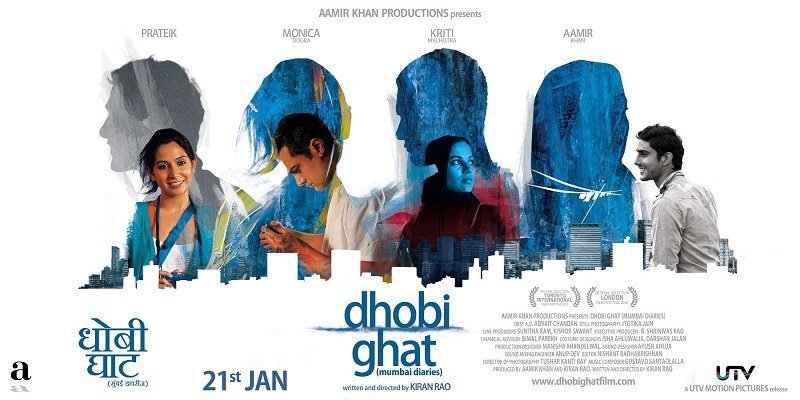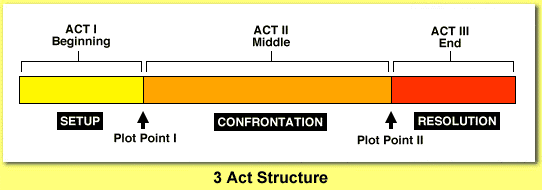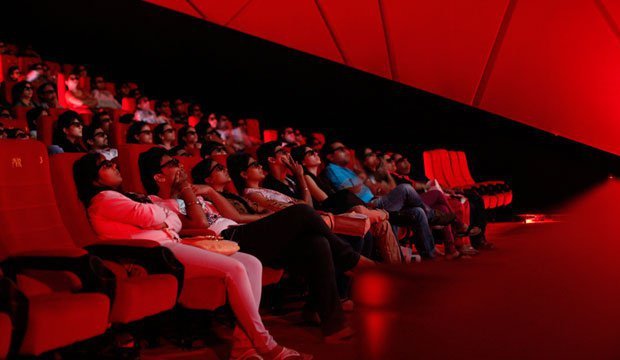Bollywood has a unique way of functioning. We have extended dramas, background dancers, lip-synced songs, and unique concepts like an interval or an intermission. Something the West would not be entirely familiarized with, simply because the concept of intermission in a film does not exist in present day Hollywood.
On the other hand, we are so fascinated by the concept that when Dhobi Ghat became the first Bollywood film to be made without an interval, a lot of movie theaters did what they do with English movies – they just stopped the screening half way to incorporate an interval and resumed it after a 15-minute break.

But why exactly is there an interval in Indian films?
Well, the first thing that comes to our mind is the length of the film; since our films are longer than Hollywood films, a breather is much needed. The time also serves as a business opportunity for vendors selling overpriced eateries and beverages. Earlier, when films were screened using film reels, the projectionist needed some time to change the reel and it provided an interval but in this digital age, even that is not required as most films are screened via satellite. All said and done, the good, old interval break still exists in our movies.
And that’s because there is a unique model which Hindi films follow:
You might find it abrupt when a Hollywood film screening in India is paused abruptly for the intermission. But when this happens in a Bollywood film, it feels like a transition. That’s because there is a concept to it.
It’s mainly because Hollywood films are written keeping the ‘three-act structure’ in mind. They set up the plot, introduce the conflict and then resolve it. And there is no point to have a break midway.

But Bollywood films are written differently. We follow a different structure. In the first half, the characters and the plot is introduced. It is here when we are introduced with the conflict as well.
The interval point acts as a cliffhanger. It keeps the audience hooked for the second half.

Until few minutes after the interval, while the audience is settling back in their chairs, crucial points of the film are not brought up. However, soon after, the conflict resolution begins.
In fact, the interval point can be termed as a mini-climax which is of lesser intensity than the film’s actual climax.
When you watch an Indian film at home in one go, the pace drops in the middle and that is because you don’t necessarily take a break. The film is written keeping in mind the theater audience and that is why the interval point is given much importance.
















